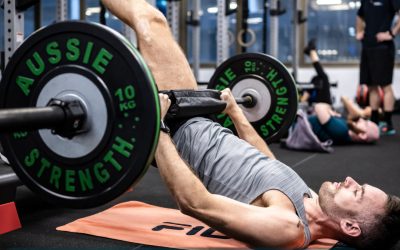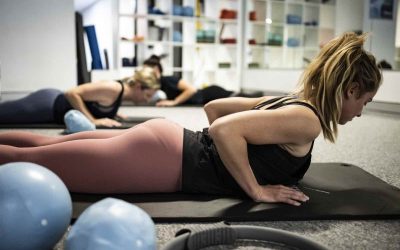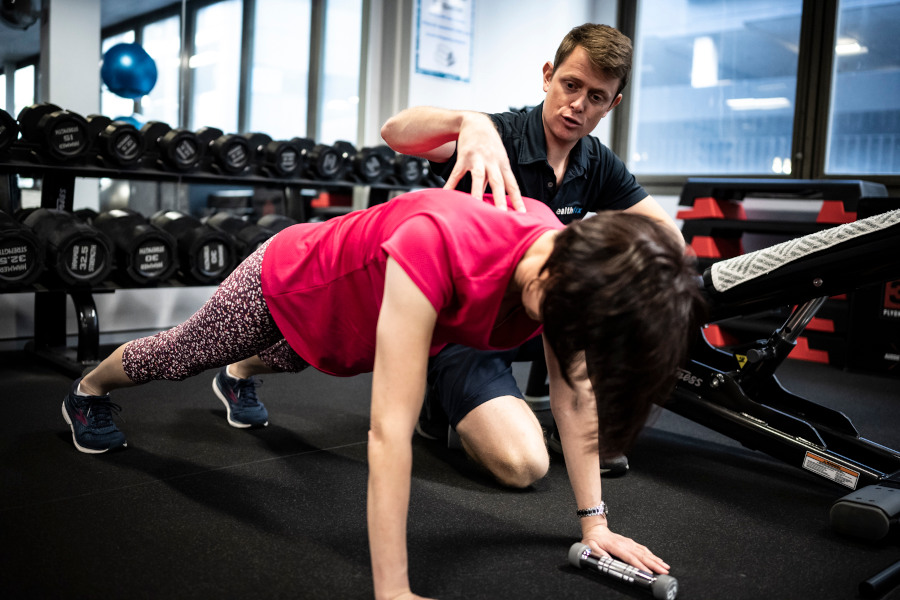Blog
Strength Unleashed: Strength Training in 2024
In the ever-evolving landscape of health and fitness down under, one trend is poised to dominate in 2024 like never before – the explosive surge in strength training. Over the past decade, it's quietly been transforming lives, and now, it's set to take centre stage in...
Stronger Ankles: Navigating the Road to Recovery from Ankle Injury
Welcome to the first instalment of our blog series on injury prevention and recovery at HealthFix. In this blog, we'll focus on a critical aspect of your well-being: ankle health. Whether you're an athlete aiming for peak performance or someone seeking to regain...
Why We Support Choosing Physiotherapy First for Acute Low Back Pain at Healthfix
By Caitlan Skillicorn, Senior Physiotherapist on behalf of the Healthfix Physiotherapy team Hello, Healthfix Community! At Healthfix, we're committed to your well-being and providing the best care possible. Today, we want to share our perspective on a recent study...
Unveiling the Future of Health: Join Us for Our Prevention and Performance Health Event
Are you ready to unlock the secrets of staying healthy, performing at your best, and preventing injuries and illnesses? Healthfix is thrilled to invite you to our upcoming event that promises to revolutionise your approach to health and wellness. 📆 Date:...
Low Impact and Recovery Exercises
When it comes to fitness and overall well-being, exercise is undoubtedly a crucial component. But not every workout has to be high-intensity or strenuous. In fact, incorporating low impact and recovery exercises into your routine can be just as important as those...
Embracing Change: The Transformative Journey of Health and Wellness Coaching
Let's explore the transformative power of health and wellness coaching... Did you set a big goal for yourself this year? Perhaps it was to improve your overall health, achieve a specific fitness milestone, or simply feel more energised and alive. You started...
Value
Other Services
Sports Rehab Program
Sports Physiotherapy
Fixed Price Rehab Program
Gait Scan and Orthotics
what They’re Saying
Client Testimonials
Special mention to my strength and condition coach Bladen, building me up!







